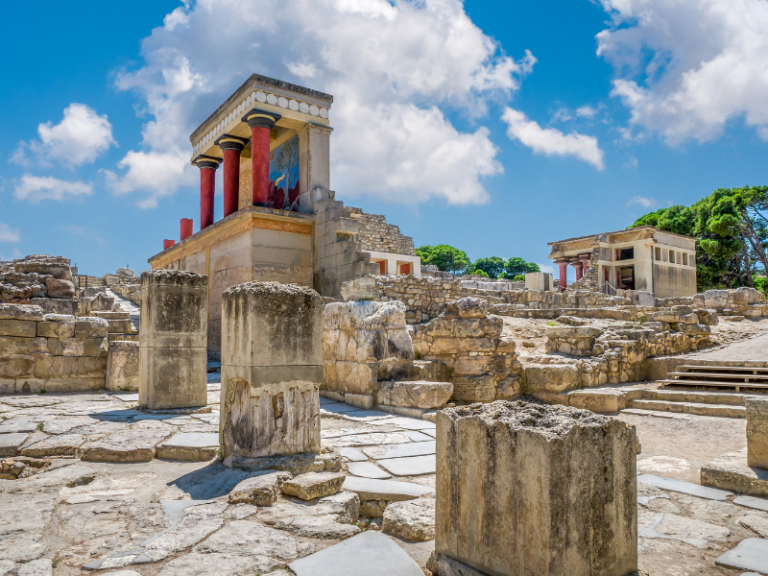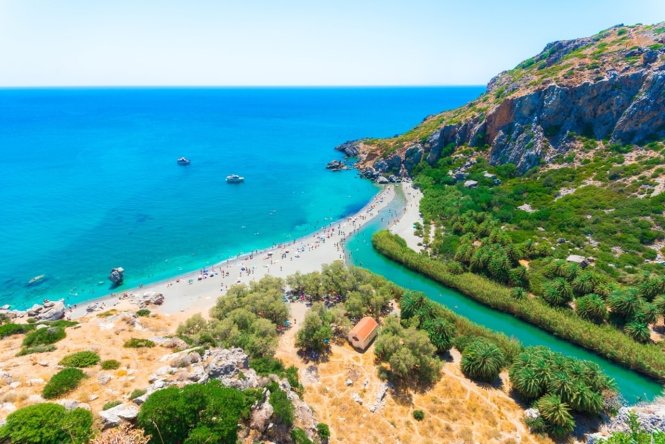Unlock the Secrets of Olive Oil: A Comprehensive and Enlightening Short Read
by Crete Locals
- Posted 10 months ago
- Olive oil
Olive oil, the liquid gold of Crete, has long been celebrated for its exceptional quality and rich flavor. In this short guide, we dive into the world of Cretan olive oil, exploring the various categories that define this staple of Mediterranean cuisine. We’ll uncover the nutritional value of olive oil, revealing why it’s not just a food but a cornerstone of healthy living.
Additionally, we provide insights into the art of olive oil tasting, teaching you how to discern and appreciate the subtle nuances that make each variety unique. Whether you’re a culinary enthusiast or simply curious about this essential ingredient, join us as we embark on a flavorful journey through the olive groves of Crete.
The Mediterranean Diet

The Mediterranean diet, which has its roots in the Cretan diet of the 1960s, is a healthy diet that contains common staple foods consumed by people living in the countries around the Mediterranean Sea. It is the healthiest diet in the world! An essential component of this diet is extra virgin olive oil, which contains high levels of monounsaturated fatty acids and antioxidant phytochemicals: polyphenols, phytosterols, and vitamin E. These are the compounds that are believed to be responsible for many of the health benefits for those who adopt this diet
Olive Oil Categories
Extra Virgin Olive Oil (EVOO)
- Superior category olive oil produced only mechanically
- Acidity max 0.8%
- Presence of fruitiness: positive (mf >0)
- Tasting defects: not detected (md=0)
A good Extra Virgin Olive Oil is simply the juice of fresh olives which contains a variety of healthy elements (antioxidants /polyphenols etc), that are highly beneficial for our body, more than any other grade of oil.
Virgin Olive Oil
- Olive oil is produced mechanically only
- Acidity: from 0.9% up to 2%
- Presence of fruitness: positive mf>0)
- Tasting defects: acceptable up to (md<3.5)
Olive Oil
- Composed of refined and virgin olive oils
- In the market, you may find it also as “pure or “light”.
The refining process is using solvents and high heat to neutralize and chemically remove the bad taste from low-quality olive oil batches. (resulting from oxidized olives and the mass production process.)
Olive Pomace Oil
- Consists of oil obtained by processing the olive pomace and oils obtained directly from olives
How do we taste olive oil?
- Cleanse your palate with some water or apple.
- Pour about 15ml of olive oil into a suitable cup of glass.
- Hold the cup with one hand to warm up the sample for one minute while you cover it with the other hand.
- Swirl the cup or glass slightly in all directions, to wet the inner surface with olive oil
- Take deep short breaths and sniff the sample to detect both positive (fruitness & aroma) and negative characteristics (defects), if any. Does it remind you of certain herbs or fruits?
- Tip about 3ml of olive oil into your 6. mouth. Take short successive inward breaths through your teeth to distribute the sample throughout the oral cavity
- Do you notice any bitterness? Swallow a small amount of sample to detect possible pungency. Both bitter and pungent are positive and closely related to the quality and healthy attributes of a good EVOO
Positive attributes
| Fruity | Bitter | 100C & EU regulations |
Main negative attributes or defects
| Fusty | Muddy sediment | Musty |
| Rancid | Winey/vinegary | Haywood |
A good Extra Virgin Olive Oil must have a pleasant taste and aroma, without any tasting defect live in balance
Nutritional value of Olive Oil
SOURCE OF VITAMIN E
Vitamin E helps protect cells from oxidative stress. 280 mg/kg
POLYPHENOLS
Olive oil polyphenols help: protect blood loids. 346 mg/kg
SQUALENE
It has a chemical protection action against tumours. 525 mg/kg
How and where do we use the Olive Oil?
- Raw Ideal for salad dressing
- Deep frying (up to 190°C) Fish, chicken, and vegetables
- Bake Meat, chicken, and fish
- Grill Meat, chicken, and fish.
- Steam Soups, chicken vegetables
- Stir-frying Noodles, fish, vegetable meat, chicken storage & shelf life glass containers 白 stainless steel & tin can clay containers ELL
Storage and Shelf Life
 |  |  |
| Glass Containers | Stainless steel and tin can | Clay Containers |
We also have another post on the health benefits of Olive Oil that you can check here: Health Benefits
To dive deeper into the world of Cretan olive oil, consider joining the “Olive Oil Tasting with Cretan Food Pairing” tour in Rethymno. This immersive experience offers the unique opportunity to enjoy olive oil tastings beneath the shade of olive trees, learn the art of olive oil tasting, and indulge in a delightful food pairing featuring local products, all while absorbing the rich history of olive oil in Crete.
Conclusion
From the orchard to your dining table, the journey of olive oil is deeply rooted in Mediterranean tradition. It is a fluid poetry that bridges the gap between healthy and delectable eating. Understanding the classification of olive oil, its tasting process, as well as its nutritional components can significantly enhance both your culinary skills and your well-being. The Greek Mediterranean diet, empowered by the numerous benefits of olive oil, is not just a choice of cuisine but a lifestyle that’s been embraced globally. Discover, savour and cherish – for every drop of olive oil carries the spirit of the Mediterranean!
Share your thoughts!
You might be also interested
The Top 8 Things to Do in Crete



- From
- €31.45


- From
- €30.6














